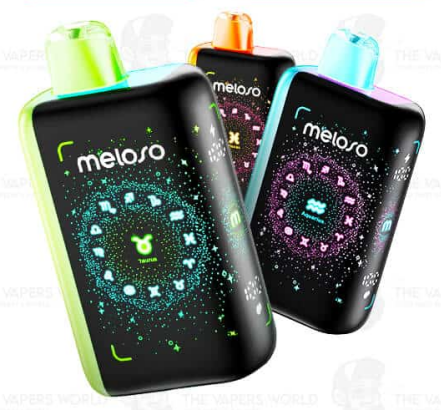Regulatory Environment Surrounding Long-Term Use Disposable Vapes
The recent surge of long-duration disposable vapes, with puff counts significantly larger than typical for disposable products, has led policymakers globally to rethink and reframe regulations. The high-capacity 30k puff vape products are the most concerning issues regarding public health, youth access, and environmental control. It is essential that retailers, manufacturers, and consumers become aware of the evolving regulatory landscape of these products.
Public Health Issues and Regulatory Response
With disposable vapes growing in popularity, health officials are growing more concerned about their potential impact. Cheap and convenient high-puff-count disposables, in particular, have become a hit among young people, prompting regulators to move quickly. Governments around the world are implementing measures that will limit young people's access and reduce potential health effects of vaping. Age limits, prohibitive packaging rules, and targeted public health campaigns are just a few of the measures being implemented to counter these issues.
Environmental Impacts and Sustainability Strategies
Disposable e-vapes are causing serious environmental issues, such as excessive electronic waste and recyclability issues due to mixed-material design. Long-term disposables, although easy to use for the consumer, compound these issues with their high-capacity battery and other electronic components. Governments, in an effort to stop environmental destruction, are enacting stricter regulations, such as calls for eco-friendly packaging, recycling efforts, and prohibitions on some disposable vape products. Governments are also urging manufacturers to be more eco-friendly, such as creating reusable or refillable products.
International Regulatory Differences
Regulatory policy for disposable 30k puff vape products is widely different around the world. Some nations, such as certain areas of North America and Europe, have enacted strict bans or restrictive laws on disposable vapes, especially high-voltage disposable vapes. Other nations use a less strict method, emphasizing more consumer disclosure and regulated marketing channels. Producers and sellers need to stay alert and responsive, navigating intricate cross-border regulations in an effort to stay compliant and retain market access.
Industry Reactions and Adaptations
In response to tighter regulations, the vaping industry is rapidly changing its strategy. Companies are spending more on research and development to create environmentally conscious and regulation-conscious products. Industry participants are actively engaging in policy-making, introducing well-balanced regulations that enhance public health and environmental protection without drastically limiting consumer choice. Active engagement of the industry with regulatory agencies is intended to push pragmatic and effective legislation that will suit all the stakeholders.
Future Prospects and Implications
The long-term-use disposable vape regulatory environment will likely continue to develop at a rapid rate. Continued study of the health and environmental effects of vaping will continue to guide regulatory initiatives, potentially by enhancing compliance and introducing new legislation. All parties, including industry members, consumer groups, and regulatory bodies, must remain current and proactive, preparing for change to come to ensure future market sustainability and safe product consumption.
Final Considerations
The emergence of long-term-use disposable vapes has triggered universal regulatory scrutiny due to health, environmental, and accessibility issues. It is crucial for stakeholders in the 30k puff vape industry to comprehend and adhere to the evolving rules, and it highlights the need for continuous engagement, creativity, and ethical behavior.




Comments
Post a Comment